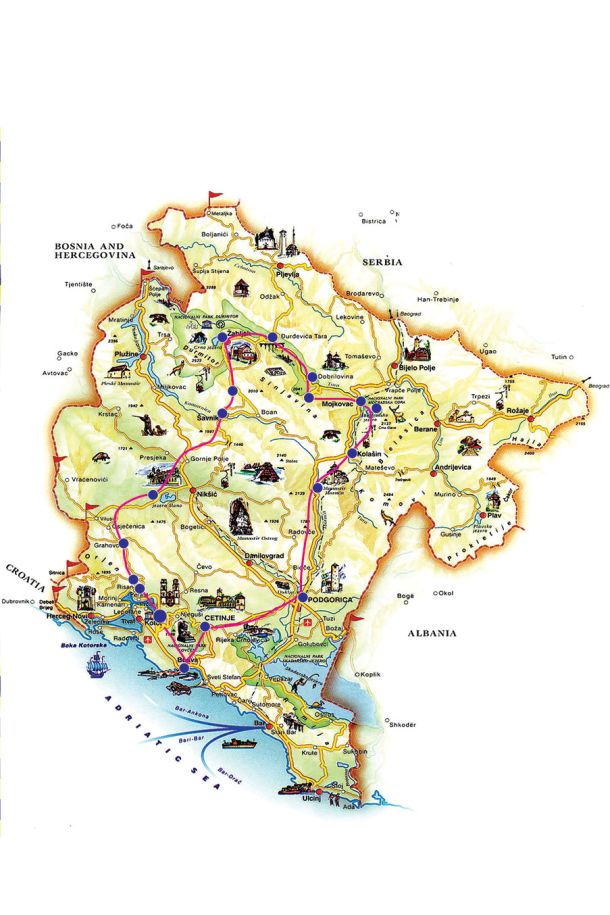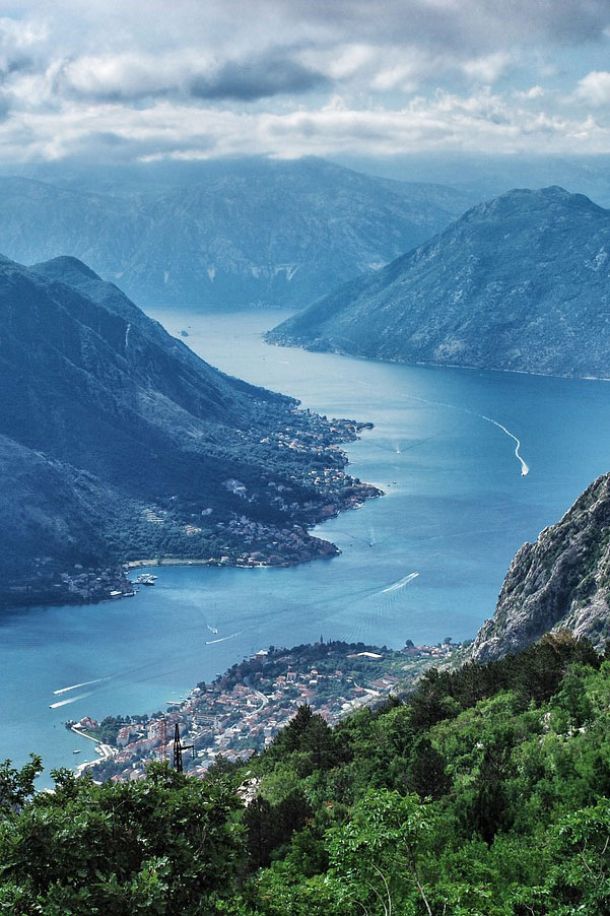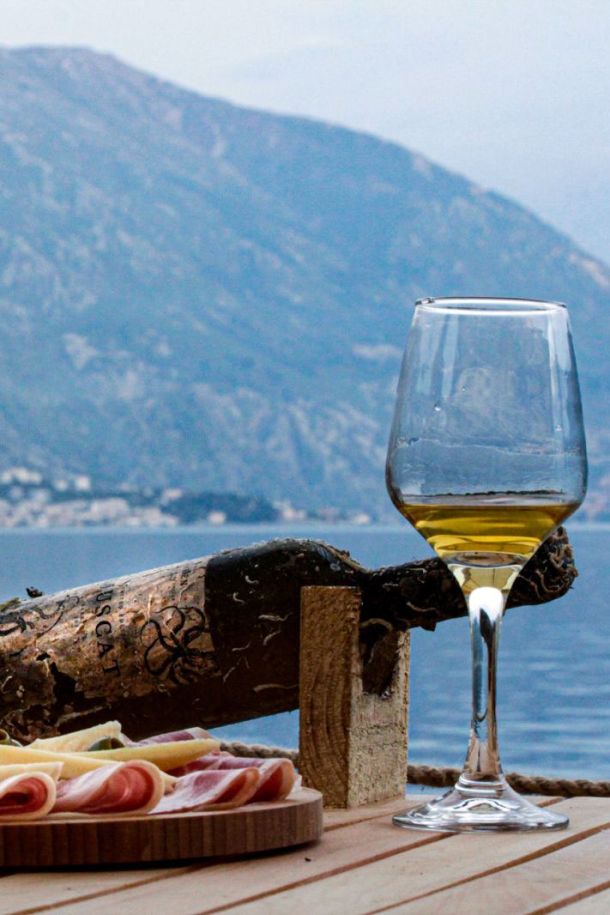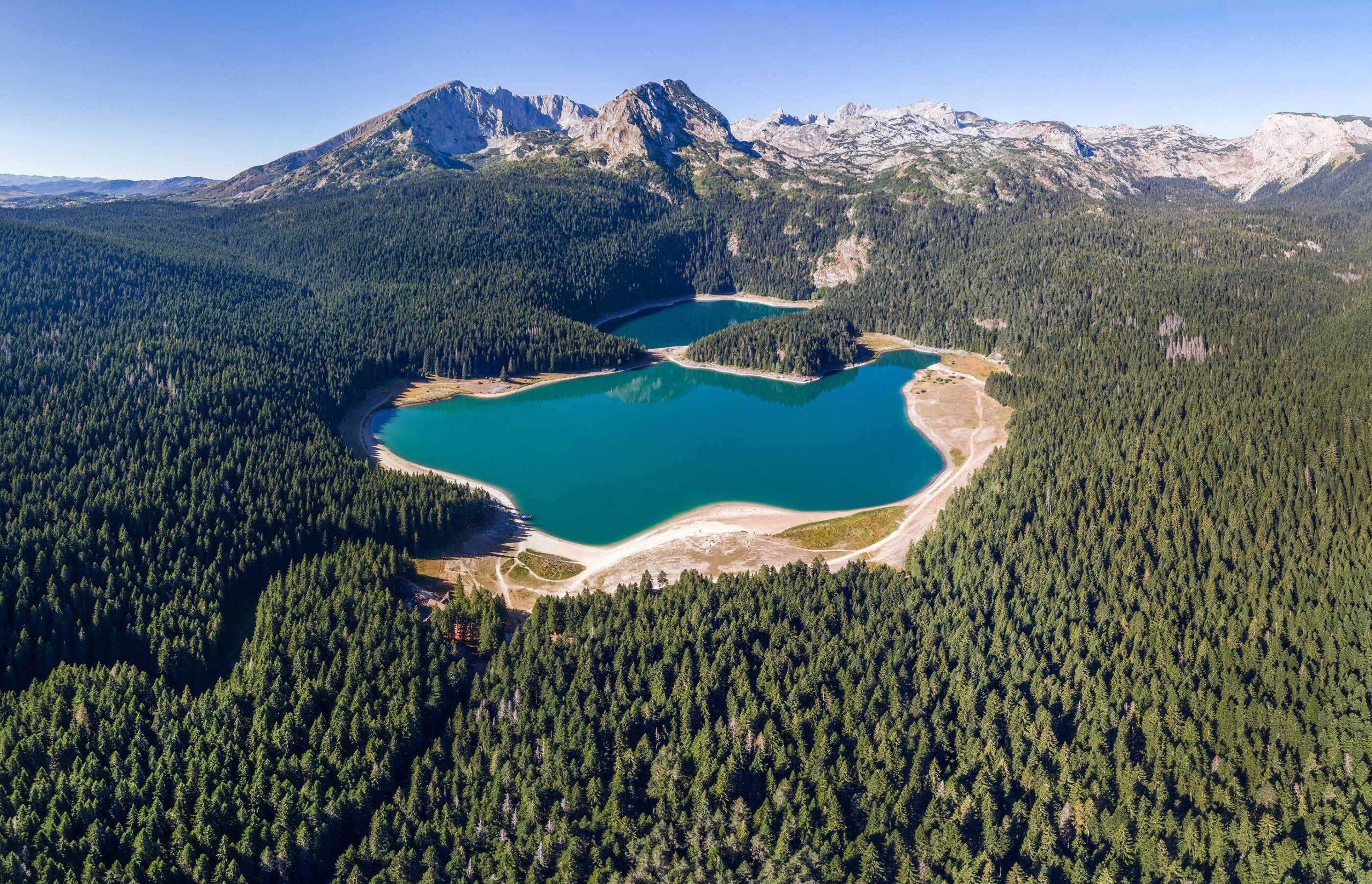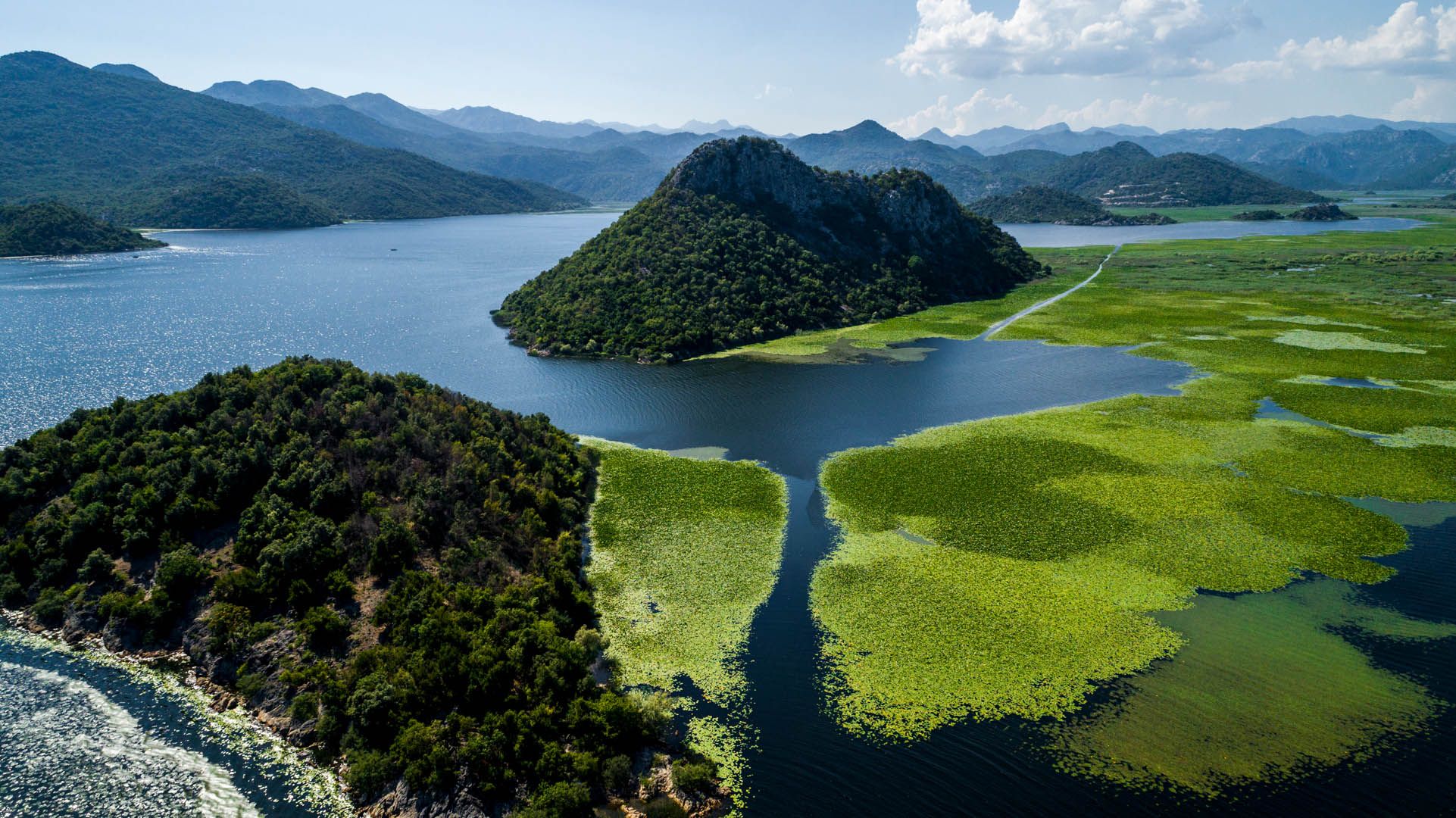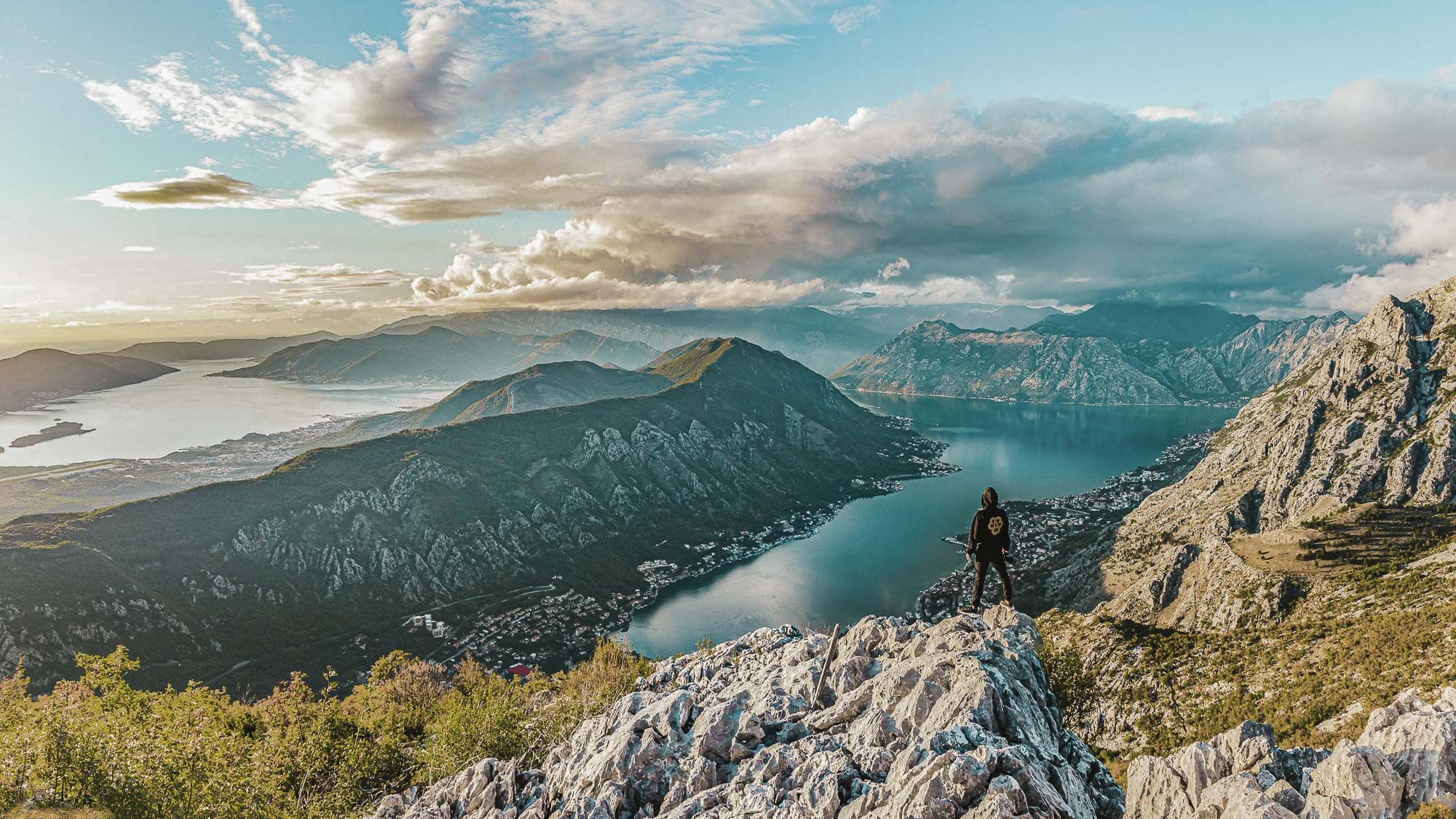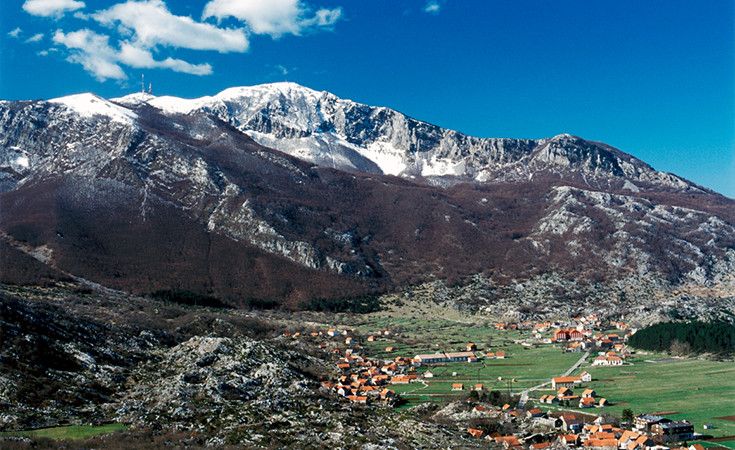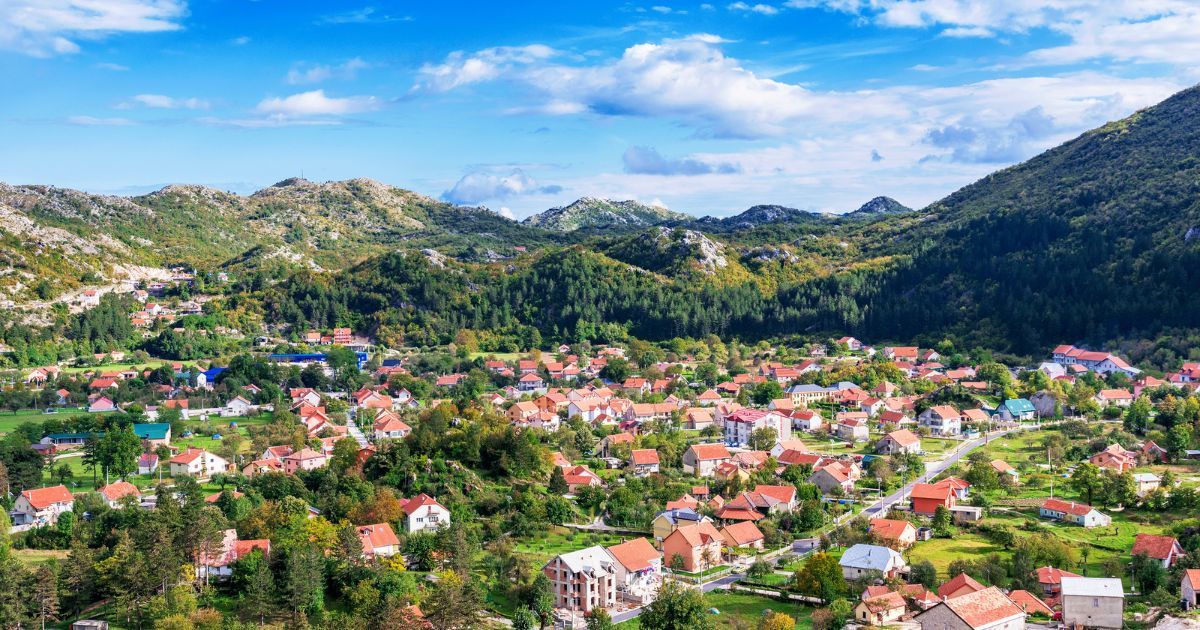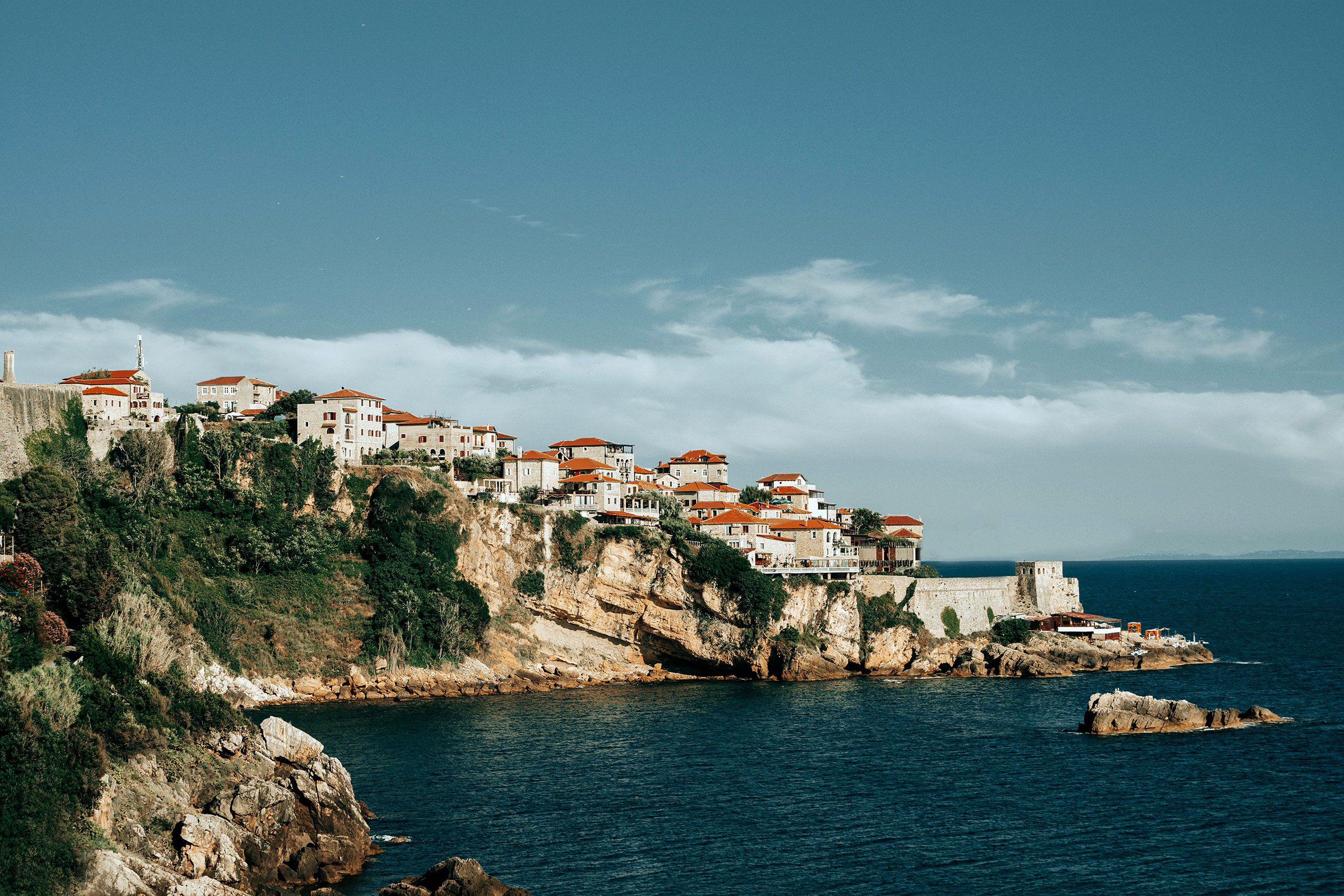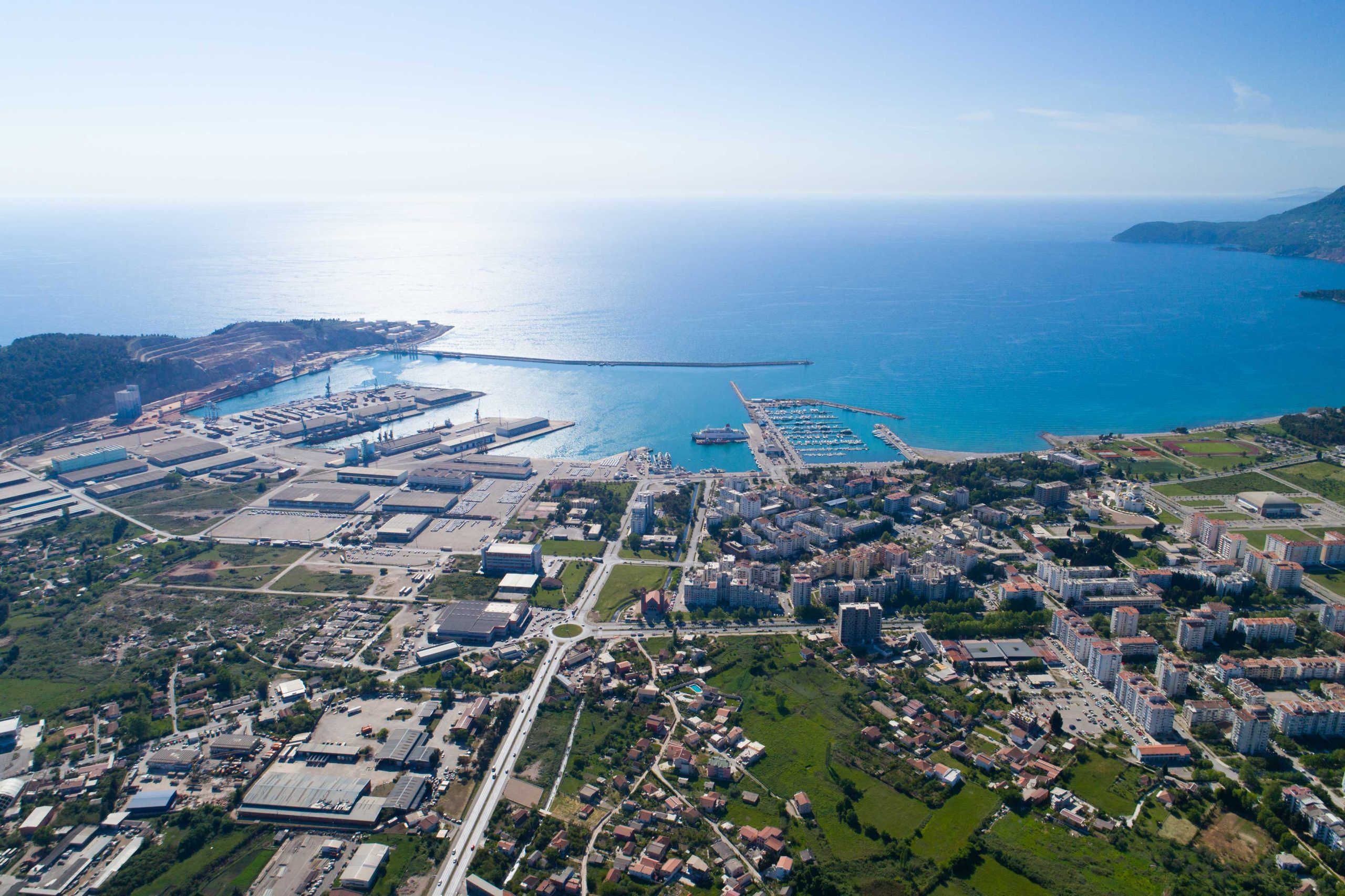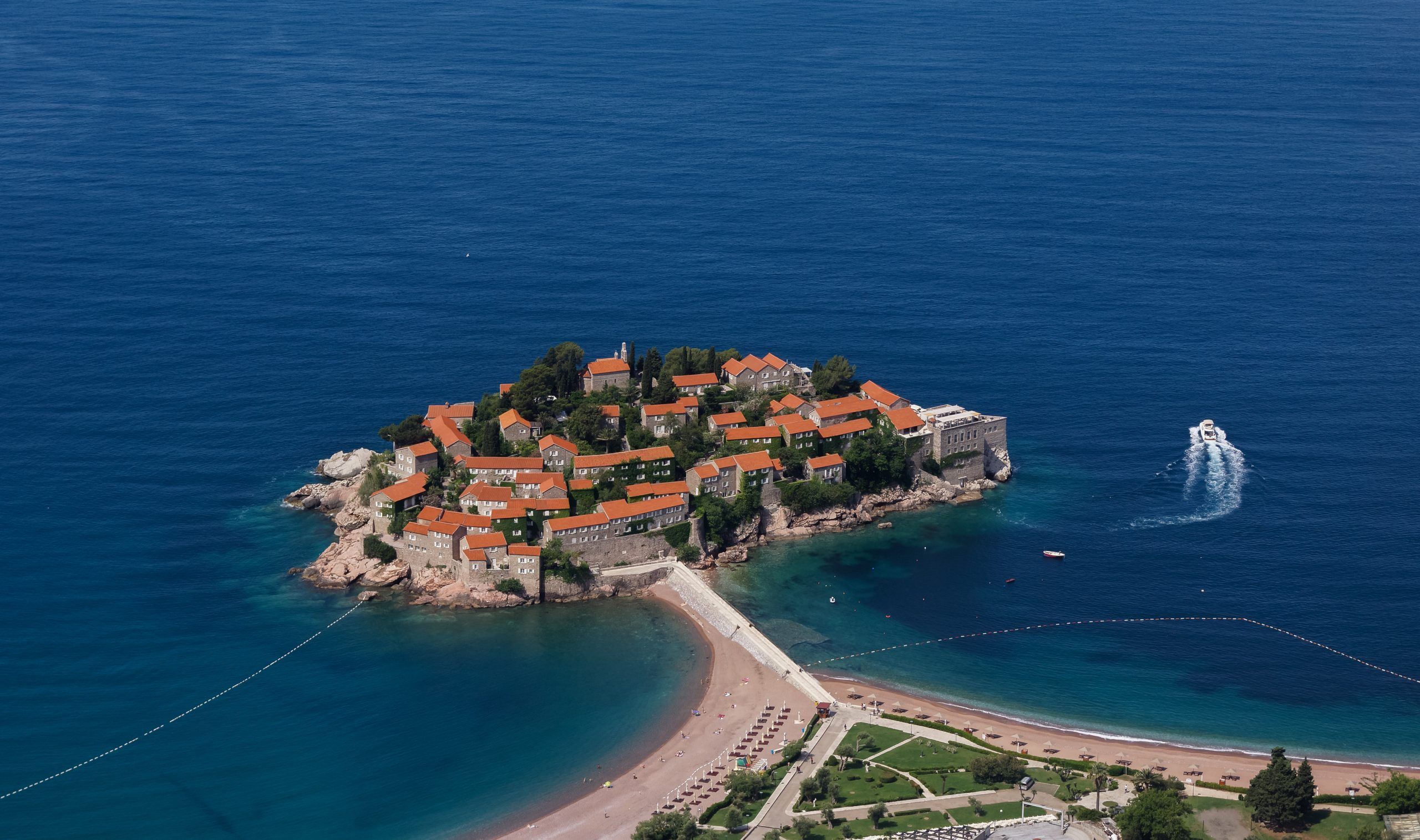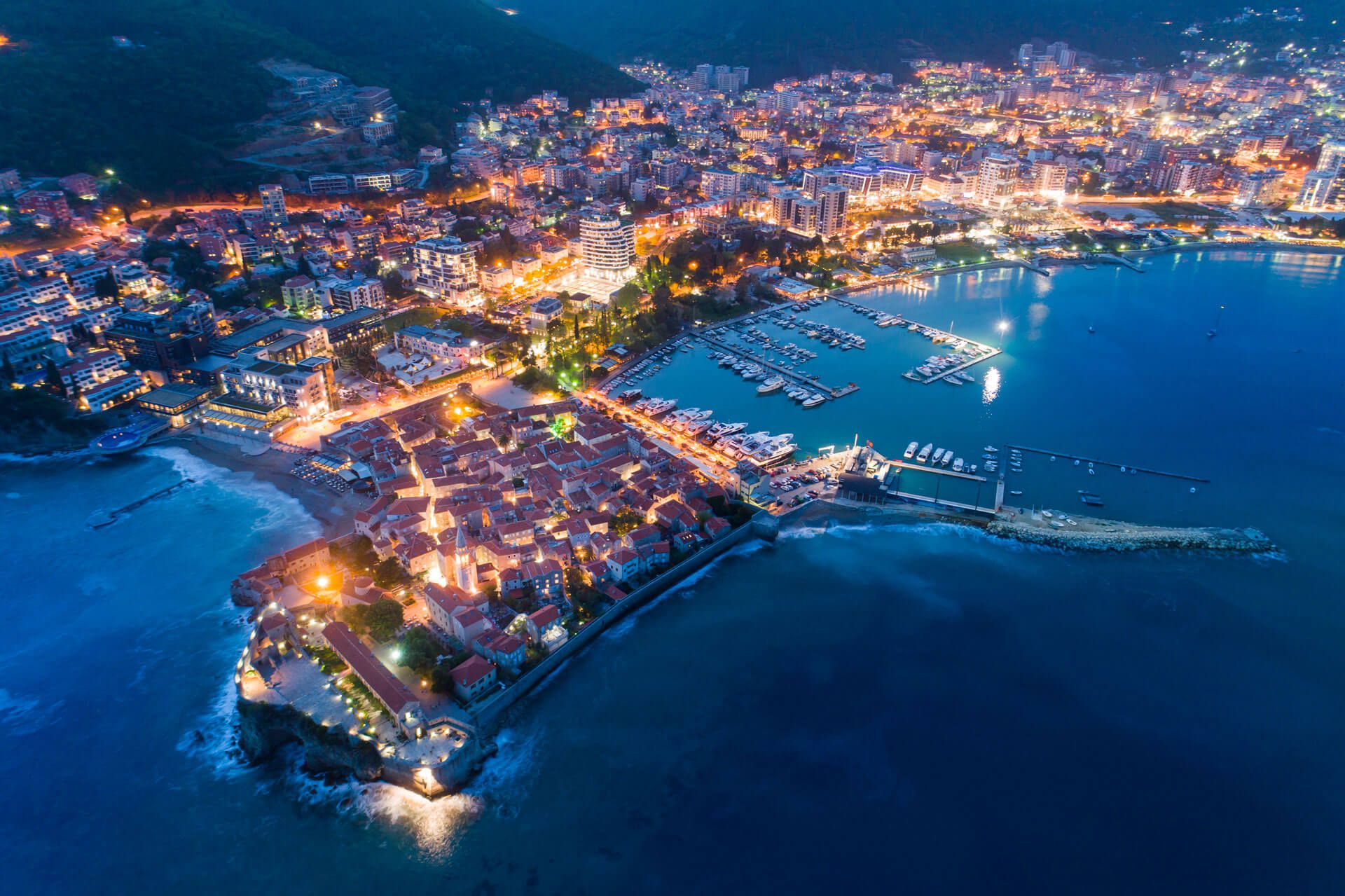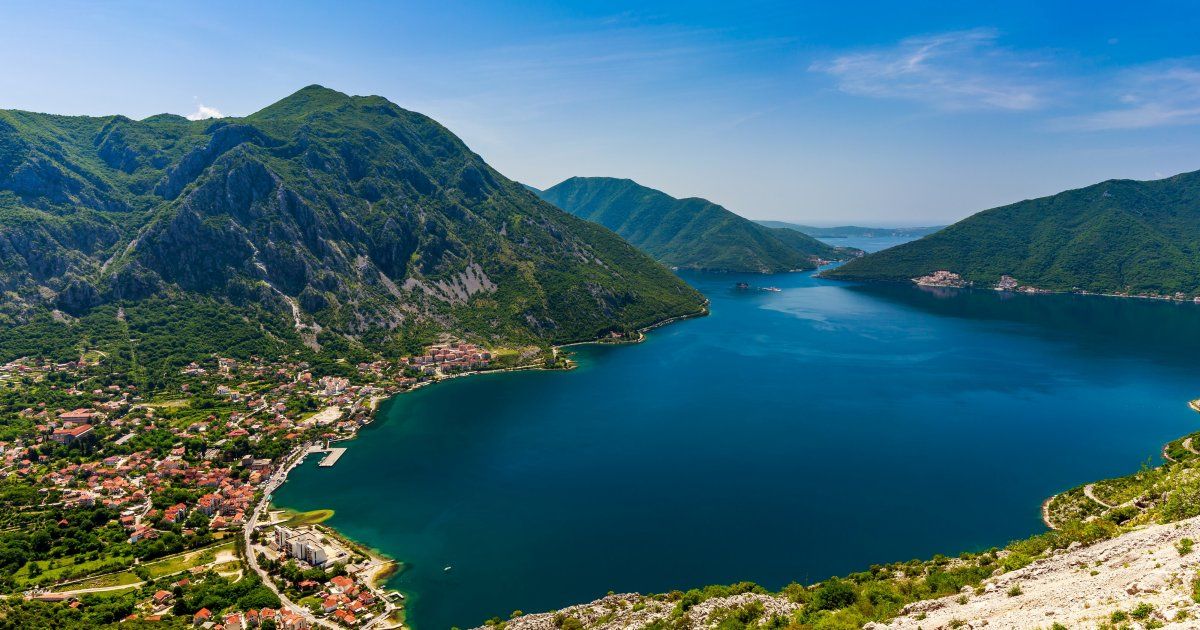Our Services
Welcome to Lucky Taxi Montenegro!
I am Laković Željko, a taxi driver with 30 years of experience in Montenegro. I am not just a driver—I am also a tour guide, ensuring my customers have a full experience, not just a ride. I speak English, but if needed, I can assist you in hiring an interpreter for any language.
I organize special and customized excursions tailored to your preferences. Whether you want to relax on the beach, have an active adventure, or learn about Montenegro’s history and culture, there is something for everyone. There are 15 different excursions available, but if you have another idea, send me a request, and I’ll reply the same day.

For the 2025/2026 season, I recommend the most popular and cost-effective excursions:
For Beginners and Experts
Choose a destination
Experience the beauty of Montenegro
Most popular
Visit popular destinations
As you probably know our judging panel began the selection process last week, this is an ongoing process and all the winners haven’t been finalised. However for your region we have a come to a decision. I am pleased to say that Lucky TAXI Kotor Montenegro has been selected as our winner for; Transfer Company of the Year in Montenegro



